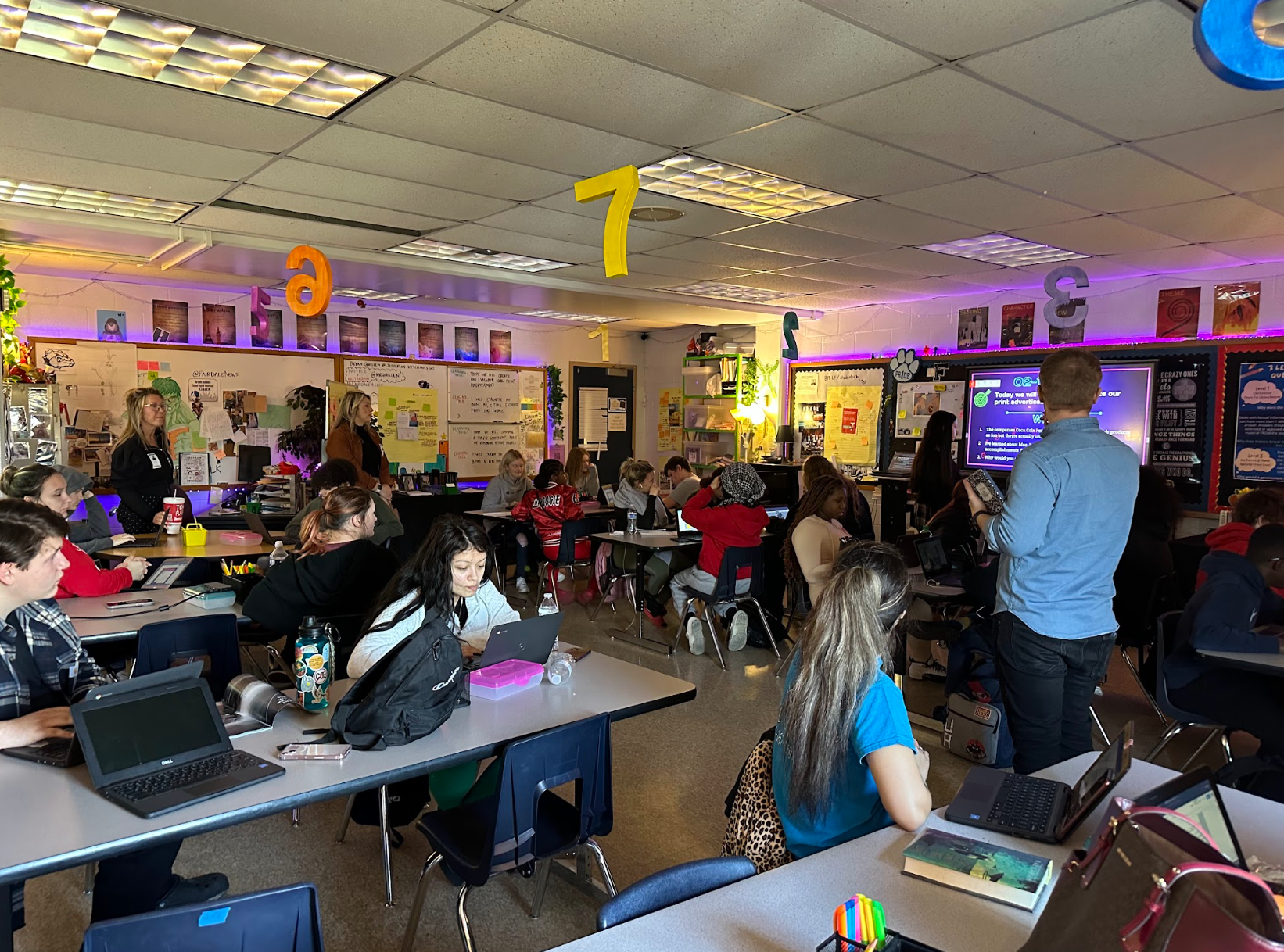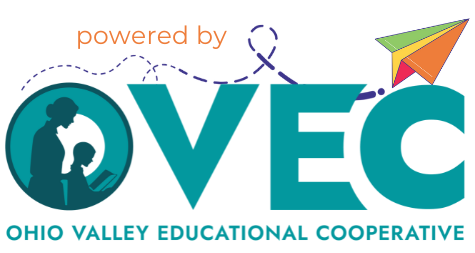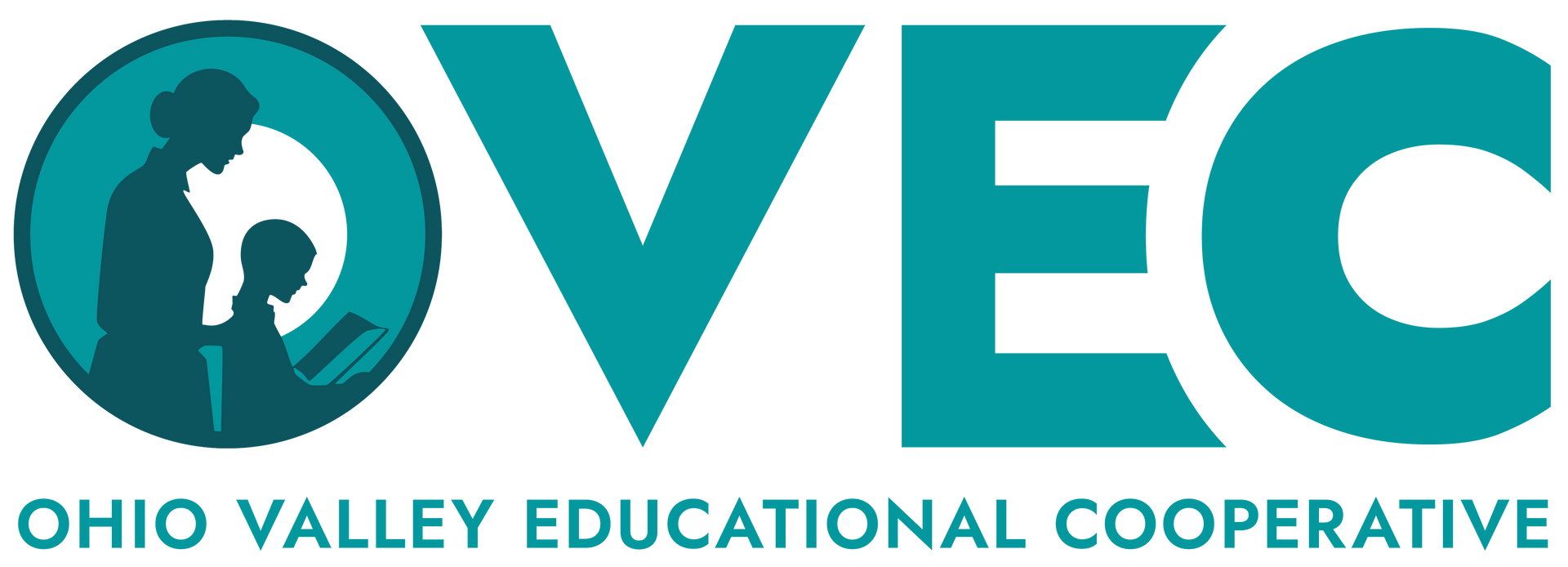Cultivating Connection: Teaching With Joy, Learning With Purpose

Imagine a space where string lights and floor lamps create a ‘homey sensation’. Work-in-progress covers the walls along with the occasional Marvel character peeking through. The room immediately sparks curiosity, inviting you to learn more and stay awhile.
Continuing to explore, you see diverse groups of scholars working on ad designs - part of a bigger unit designed around the novel All Rights Reserved (Katsoulis, 2017). They are engaged in thoughtful discussions using terms like ethos and pathos. There’s an obvious depth of understanding of content. Chart paper hangs around the room covered with Post-Its, each containing detailed observations of targeted print media. It seems obvious that all are accustomed to giving and receiving feedback. This is a space where learning, collaborating, communicating, revising and creating happens.
It isn’t some sort of corporate think-tank or cushy, fancy office. This is Bryan Quillen’s English classroom at Fairdale High School.
As one student puts it, “His classroom shows his personality and who he is. Students feel welcomed and encouraged when walking through his classroom door.” The physical space is just the start of the magic of Quillen’s classroom- a place where teacher and students alike harness their passions and personalities to make a difference in the world.
How Quillen is transforming the student experience
One student describes his experience this way: “Mr. Quillen knows how to teach like every other teacher, but one thing he does differently is that he shows his personality and is open with the kids. When I walk into his classroom, the way he has it decorated, it makes you feel comfortable and welcome. He always jokes around with all of the kids a little bit just to learn who they are and to know what they need. He learns what will help make the biggest difference for them. He adjusts work to everyone’s different learning styles so they are encouraged.
Everyone feels that they can do the work instead of just looking at an assignment and giving up. He makes the best effort with all of his kids no matter what. If I could give any teacher advice it would be to let loose with your students and be who you are.”
How do you go about creating this kind of space for learning - one that is a beautiful living example of the Exemplary indicators from Danielson’s Domain 3? Quillen shared some helpful insights. “Once I brought my own interests and passions into the classroom, I really fell in love with teaching. It became so much easier to build lessons when I was excited to do it.”
The work isn’t just interesting for Quillen; it’s meaningful and relevant for students.
Reflecting on the Quality Work descriptors, Quillen shares which he believes best capture his priorities when planning. “It’s 4: Connects ideas to broader frames and concepts. I want my students to realize the world around them…to discover how they can make an impact. I always think about what I want them to be able to do and what connections I want them to make with the world. It’s not about isolated standards.”
Where does the planning process begin for Quillen? “I start with an idea, something I’m excited about or my students are really into, then figure out which standards best fit. I always think about what will make the learning relevant for them. I try to create a mini world in my classroom.”
Quillen described his planning for the upcoming George Orwell novel, 1984. He will immerse his students in an environment that will allow them to experience firsthand the theme of the novel, and then ask them to apply that learning through the creation of their own fictional worlds just as Orwell did.
“Experience” is a key verb for Quillen’s planning. His priority is always to help students experience what they are learning, and to see the connections between what they are learning to issues today.
Is this the approach Quillen takes only with certain groups of students and specific classes? “No way,” he replies. “Relevance matters for everybody. Do I adjust text levels and other aspects to meet students’ needs? Absolutely. But my goals and approach are the same.”
Conversations with Quillen’s students echo all the things we know about what school can and should be. One student shared that before Quillen, English had been the class she most dreaded. When asked what changed her mind, she said, “The fact that he ties everything together that we do and relates it to what’s happening in society today amazes me. Everything we do has a purpose. The projects we do make me think harder than I ever have. Every assignment is an interesting adventure that changed my perspective. The assignments are easy to finish because they draw me in and keep me thinking.”
Students even cited specific lessons learned from the books and characters they’d read and learned about in Quillen’s class several months ago. “Harrison Bergeron, for example, helped me to realize that it only takes a couple people to make a change.”
“The work we do in Quillen’s class is about how to solve problems in our real world,” another shared.
“Mr. Quillen’s class is a place where everyone can be themselves and not be judged, where all different types of people - no matter their personality or looks - are welcomed and treated like family. We do work that challenges our minds, work that makes us actually sit and think about how a problem or issue might affect our lives in two years or ten years if continued.”
One student explained, “On Fridays, everyone in the classroom gathers around in a circle. We discuss what we did for our assignments that week and share any questions we have. With the help of classmates and our teacher, we get everyone’s questions answered.”
As many students noted, they want teachers to see them as the young adults they are: “Maybe to joke around with us, make us actually feel like we’re being seen, like we’re being heard.”
What about the challenges that plague many high school classrooms, like cell phones? Quillen believes you have to embrace them. Instead of trying to think of all the ways he can prevent students from using their phones, he provides intentional time for this in his class. In fact, an opening slide read, “Two minute cell phone break.” When asked about this, Quillen shared, “That’s time when I’m passing out papers or doing something else in preparation for the next activity. There’s no reason they can’t use their phones then. And, because I allow it, they’ll focus on what I need them to focus on when I’m ready.”
What about ChatGPT, the recently released artificial intelligence that can produce anything from an outline for a presentation to a well-written editorial or scientific paper with only a simple prompt? “I’m teaching them how to use it productively,” Quillen shares. “For example, how might it help with a first draft? How might it help teach students the art of asking good questions?” From the time he first learned about the new technology, he began thinking about how he might reshape tasks, allowing students to use the AI in positive, productive ways that will extend their thinking and learning
How to get started
While Quillen’s classroom might sound utopian, he gives practical steps for creating this kind of learning environment, “Think about what makes you excited. What do you enjoy? If it brings you joy outside of school, it will bring you joy inside. If you are excited about it, the students will be too.”
Quillen also remembers teachers who allowed him to explore his personal passions as a high school student. By his own admission, he wasn’t very engaged in class. What he loved though was creating videos, and he had a special teacher who gave him the time and space to use his interest and talent in ways that benefitted the other students in class. This is an example he tries to follow. “Building on students’ interests and talents is a must if you want them to engage, learn and think.”
Quillen advises teachers to start with a question that students “have an opinion on - something they will want to yell about. If they’ll yell, they’ll care.” As he puts it, “Nobody really cares about semicolons. I care if my students understand the world around them as a living thing they have the power to change.”
Finally, it’s important to note that just like Quillen creates space for students to try new things, fail, and rebound, he models that in his work, too. Quillen recalls sage advice he got from a school leader early on: “You’re going to burn out, and I’m worried about it,” his principal stated. “Everything doesn't have to be perfect- you can try new things and don’t be afraid of failing.” That permission made a world of difference. For school leaders looking to empower teachers to create spaces like his classroom, Quillen says “Allow teachers to take some risks. Give us the chance to realize why we love this job.”
Simple Shifts Call-Out
- Feedback circles Hold a weekly sharing/feedback circle to provide an opportunity for students to share any questions they might have about the week’s learning or assignments and to help one another answer.
- Provide brain breaks Provide an official “Cell Phone Break” during a time when you are involved with something that doesn’t require students’ attention.
- Bring YOUR passions Think about what you enjoy, and bring it to your classroom. Share your passions with your students. Start planning with an idea that excites you.






